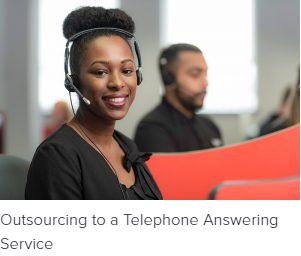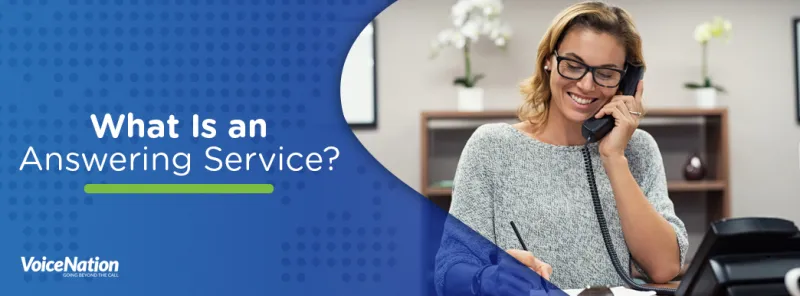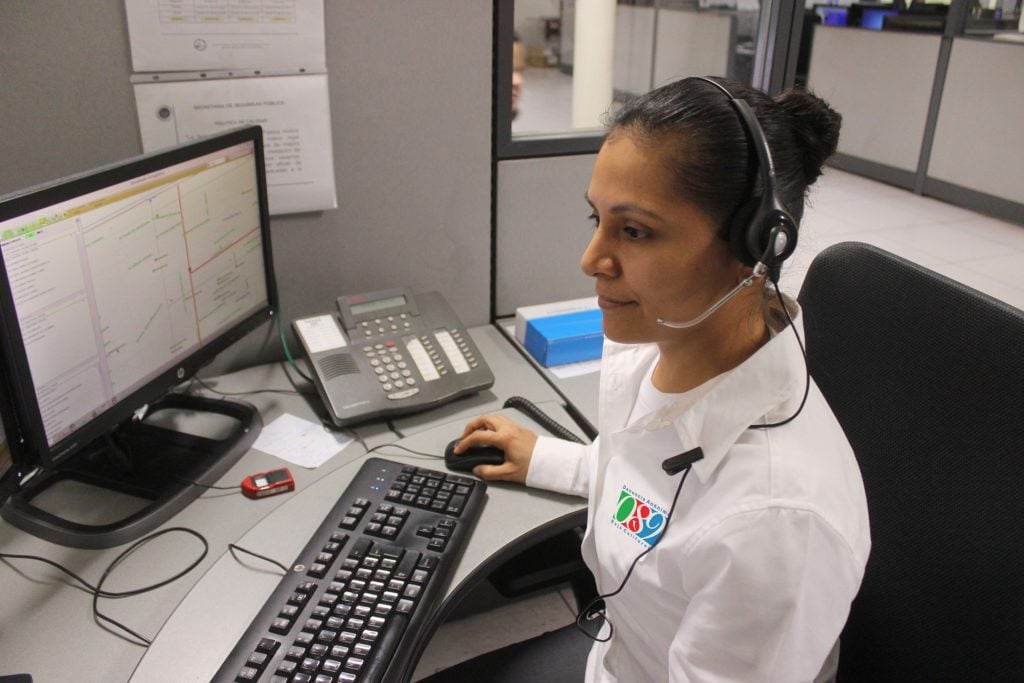All Categories
Featured
Table of Contents
- – What Is The Best Phone Answering - Serviced & V...
- – Who Makes The Best Faqs - The Phone Answering
- – What Is The Best Faqs - The Phone Answering Ou...
- – A Better Phone Answering Services - Ruby Rece...
- – Which Is The Best Virtual Receptionist & Phon...
- – What Do Concierge Service Services Include?
What Is The Best Phone Answering - Serviced & Virtual Offices & Admin ... Available Today
This device and its successors were developed by Sava Jacobson, an electrical engineer with a personal consulting business. While early voice mail utilized magnetic tape technology, most modern devices uses solid state memory storage; some gadgets use a mix of both, with a solid-state circuit for the outbound message and a cassette for the incoming messages.
"toll saving" below) (answering service). This works if the owner is evaluating calls and does not wish to talk with all callers. In any case after going, the calling celebration ought to be notified about the call having actually been addressed (in most cases this starts the charging), either by some remark of the operator, or by some greeting message of the TAD, or dealt with to non-human callers (e.
This holds particularly for the TADs with digitally stored greeting messages or for earlier devices (prior to the rise of microcassettes) with a special limitless loop tape, different from a 2nd cassette, devoted to recording. There have actually been answer-only gadgets with no recording capabilities, where the greeting message needed to inform callers of a state of present unattainability, or e (virtual call answering service).
Who Makes The Best Faqs - The Phone Answering

about schedule hours. In tape-recording Little bits the greeting generally contains an invitation to leave a message "after the beep". An answering machine that uses a microcassette to record messages On a dual-cassette answerphone, there is an outbound cassette, which after the specified number of rings plays a pre-recorded message to the caller.

Single-cassette answering makers include the outgoing message at the start of the tape and incoming messages on the staying area. They first play the announcement, then fast-forward to the next available area for recording, then record the caller's message. If there are lots of previous messages, fast-forwarding through them can trigger a considerable delay.
This beep is frequently described in the welcoming message, requesting that the caller leave a message "after the beep". TADs with digital storage for the recorded messages do disappoint this hold-up, of course. A TAD may offer a push-button control facility, whereby the answerphone owner can call the home number and, by getting in a code on the remote telephone's keypad, can listen to taped messages, or erase them, even when away from home.
What Is The Best Faqs - The Phone Answering Out Right Now

Thus the device increases the number of rings after which it responds to the call (typically by two, leading to four rings), if no unread messages are presently kept, however responses after the set number of rings (normally 2) if there are unread messages. This allows the owner to discover out whether there are messages waiting; if there are none, the owner can hang up the phone on the, e.
Some devices likewise allow themselves to be remotely activated, if they have actually been turned off, by calling and letting the phone ring a certain large number of times (normally 10-15). Some company abandon calls currently after a smaller variety of rings, making remote activation difficult. In the early days of TADs a special transmitter for DTMF tones (dual-tone multi-frequency signalling) was regionally needed for remote control, since the previously used pulse dialling is not apt to communicate appropriate signalling along an active connection, and the dual-tone multi-frequency signalling was carried out stepwise.
Any incoming call is not recognizable with respect to these residential or commercial properties in advance of going "off hook" by the terminal equipment. So after going off hook the calls should be switched to proper gadgets and only the voice-type is immediately accessible to a human, but perhaps, nonetheless ought to be routed to a LITTLE BIT (e.
A Better Phone Answering Services - Ruby Receptionist Services?
What if I told you that you do not need to actually choose up your device when responding to a client call? Another person will. So convenient, right? Addressing phone calls does not need somebody to be on the other end of the line. Effective automated phone systems can do the technique simply as efficiently as a live representative and often even better.
An automatic answering service or interactive voice response system is a phone system that communicates with callers without a live person on the line - phone call answering. When business utilize this innovation, customers can get the response to a question about your business simply by using interactions established on a pre-programmed call flow.
Although live operators upgrade the consumer service experience, numerous calls do not require human interaction. A basic documented message or directions on how a client can recover a piece of info generally fixes a caller's immediate requirement - virtual telephone answering service. Automated answering services are a basic and reliable method to direct inbound calls to the right individual.
Which Is The Best Virtual Receptionist & Phone Answering Services Australia Company
Notification that when you call a business, either for support or item questions, the first thing you will hear is a pre-recorded voice welcoming and a series of choices like press 1 for client service, press 2 for questions, and so on. The pre-recorded choices branch off to other choices depending on the client's choice.
The phone tree system assists direct callers to the right person or department utilizing the keypad on a cellphone. In some circumstances, callers can use their voices. It deserves keeping in mind that auto-attendant alternatives aren't limited to the 10 numbers on a phone's keypad. When the caller has actually picked their very first alternative, you can create a multi-level auto-attendant that utilizes sub-menus to direct the caller to the right type of help.
The caller does not have to communicate with a person if the auto-attendant phone system can manage their issue. The automatic service can path callers to an employee if they reach a "dead end" and need support from a live representative. It is costly to hire an operator or executive assistant.
What Do Concierge Service Services Include?
Automated answering services, on the other hand, are substantially less expensive and provide substantial expense savings at approximately $200-$420/month. Even if you don't have committed staff to handle call routing and management, an automatic answering service improves efficiency by enabling your group to concentrate on their strengths so they can more efficiently invest their time on the phone.
A sales lead routed to client service is a lost shot. If a customer who has item concerns reaches the wrong department or gets insufficient answers from well-meaning employees who are less trained to manage a specific kind of concern, it can be a cause of frustration and discontentment. An automatic answering system can lessen the variety of misrouted calls, therefore assisting your staff members make better use of their phone time while maximizing time in their calendar for other jobs.
With Automated Answering Systems, you can produce a customized experience for both your personnel and your callers. Make a recording of your main greeting, and simply upgrade it regularly to reflect what is going on in your organization. You can develop as many departments or menu choices as you desire.
Table of Contents
- – What Is The Best Phone Answering - Serviced & V...
- – Who Makes The Best Faqs - The Phone Answering
- – What Is The Best Faqs - The Phone Answering Ou...
- – A Better Phone Answering Services - Ruby Rece...
- – Which Is The Best Virtual Receptionist & Phon...
- – What Do Concierge Service Services Include?
Latest Posts
Honest After Hours Answering Near Me – Australia 6000
Business Phone Answering Services
Fast Call Answering Service ( Perth)
More
Latest Posts
Honest After Hours Answering Near Me – Australia 6000
Business Phone Answering Services
Fast Call Answering Service ( Perth)